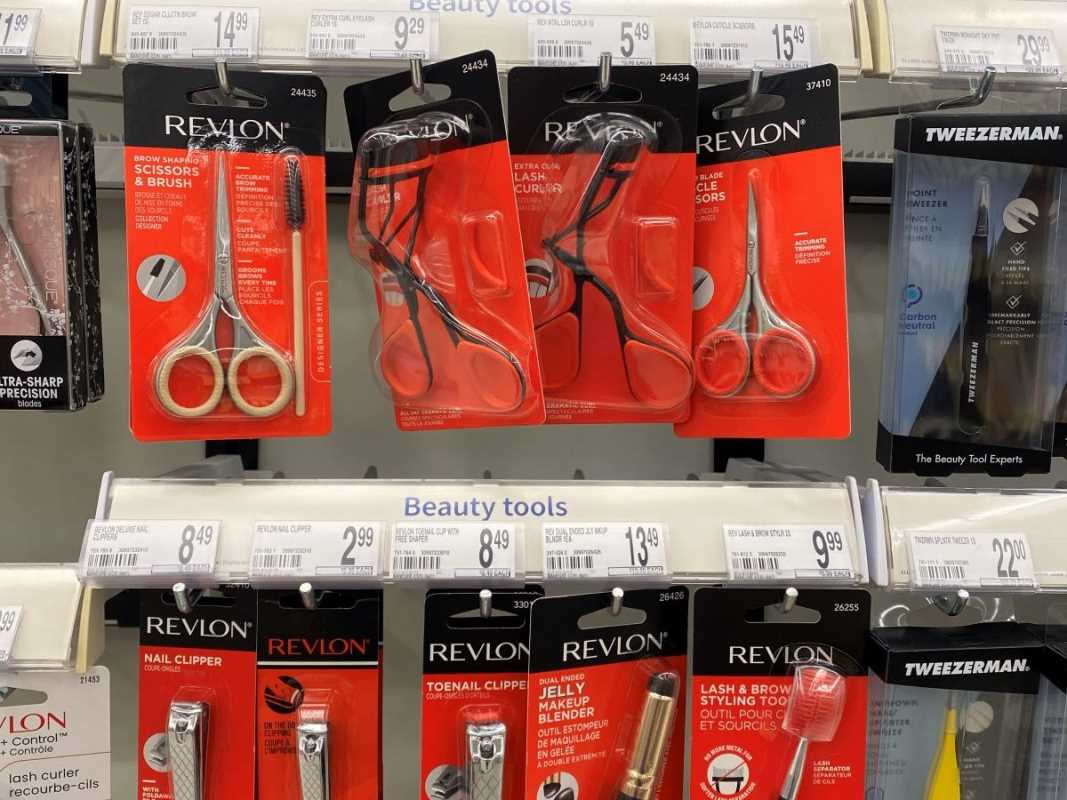We all know that convenience comes at a cost. Whether it’s grabbing coffee on the go, picking up pre-packaged meals, or making impulse purchases, these small expenses add up quickly. The good news? With a few smart strategies, you can avoid paying inflated convenience prices and save more money for things that truly matter.
Here’s a guide to saving money on everyday needs while staying practical and stress-free.
1. Plan and Prep Ahead
The foundation of saving money starts with planning. Many convenience purchases happen because we’re in a rush or caught unprepared. Taking the time to plan ahead ensures you’re equipped to handle your daily needs without overspending.
Meal Prep and Planning
One of the biggest convenience expenses is food. Meal prepping is an excellent way to combat this. Set aside time each week to cook and portion meals for the days ahead. This not only reduces the temptation to grab takeout but also allows you to buy groceries in bulk, saving money in the process.
Tip: Make a weekly meal plan and grocery list to keep your shopping efficient. Stick to your list to avoid unnecessary purchases.
Pack Your Own Snacks and Drinks
Coffee runs and snack breaks might seem small, but they add up quickly. Instead, invest in a good travel mug and make your coffee at home. Pack snacks, like granola bars or fruit, to avoid buying overpriced items on the go.
Example: A $5 coffee every weekday adds up to $100 a month. That’s money you could save—or invest in something worthwhile.
2. Shop Smart and Strategically
Being a smart shopper isn’t just about where you shop—it’s also about how and when.
Buy in Bulk for Essentials
If there are products you use regularly, like toilet paper, laundry detergent, or pantry staples, buying in bulk can save you money in the long run. Warehouse stores like Costco, Sam’s Club, or BJ’s Wholesale Club offer discounts on large quantities of items, making it easier to stock up and save.
Pro Tip: Be mindful of per-unit costs to ensure you’re getting the best deal. Calculate if the bulk purchase offers better savings than smaller packages.
Take Advantage of Coupons and Cashback
Coupons are a tried-and-true method of cutting costs. Whether it’s physical coupons found in circulars, digital ones through apps, or promo codes for online shopping, these savings can add up over time.
Apps to Try: Use apps like Honey, Rakuten, or Coupons.com to find cashback deals and promo codes for your favorite stores.
Shop Sales and Clearance Sections
Look out for seasonal clearance sales or weekly store promotions. Timing your purchases to coincide with sales can save you a significant amount of money. For example, buy winter clothes at the end of the season or holiday decor right after the festivities.
Bonus Tip: Sign up for store newsletters to stay informed about upcoming promotions.
3. Explore Affordable Shopping Alternatives
Sometimes, avoiding high prices means stepping outside the norm and considering alternative places to shop.
Visit Discount Stores
Dollar stores, discount supermarkets, and secondhand shops are gold mines for everyday items. Stores like Aldi, Dollar Tree, and thrift shops offer affordable alternatives for groceries, cleaning supplies, and home essentials.
Pro Tip: Compare prices between discount stores and larger retailers to ensure you’re getting the best value.
Find Deals Online
Online shopping often offers more competitive pricing and additional discounts compared to in-store shopping. Scour websites like Amazon Warehouse, Overstock, or eBay for deals on everything from electronics to everyday items.
Many websites feature “subscribe and save” programs, offering discounts on subscriptions for recurring purchases like toiletries or pet supplies.
Buy Gently Used Items
For bigger-ticket items like furniture, electronics, or children’s toys, consider buying secondhand. Sites like Facebook Marketplace, Craigslist, and even thrift stores can yield incredible finds for a fraction of the cost of buying new.
4. Use Loyalty Programs and Membership Deals
Businesses reward regular customers; why not take advantage?
Sign Up for Rewards Programs
Many grocery stores, coffee shops, and retail chains offer loyalty programs that provide discounts, exclusive deals, or points toward future purchases.
Example: Programs like Starbucks Rewards or the Target Circle app can unlock free items or significant savings over time.
Leverage Credit Card Perks
Some credit cards offer cashback or reward points for purchases made in specific categories like groceries, gas, or dining. Use these strategically to maximize your savings—but always pay off your balance to avoid interest charges.
Tip: Choose a credit card that aligns with your spending habits for optimal benefits.
Utilize Membership Benefits
If you’re a warehouse store member, take full advantage of your perks. Costco, for instance, offers not just discounts on goods but also travel packages, insurance deals, and fuel rewards.
5. Budget to Avoid Impulse Buys
Impulse buys are one of the quickest ways to derail your savings goals. Following a structured budget can help you resist unnecessary spending.
Track Your Expenses
Use a budgeting app or simple spreadsheet to monitor where your money is going. This makes it easier to identify convenience purchases that can be cut.
Apps to Try: Mint, YNAB (You Need A Budget), or PocketGuard can help you track expenses and stick to your goals.
Set Spending Limits
Allocate a fixed amount each month for discretionary purchases. Once you reach your limit, stop. This helps curb overindulgence and encourages mindful spending.
Sleep on It
If you’re tempted to make a large, non-essential purchase, give yourself at least 24 hours to think about it. Usually, the initial excitement will fade, and you’ll make a more rational decision.
6. Make the Most of DIY Solutions and Repairs
Convenience pricing often extends into services like food, cleaning, or home repairs. When possible, do it yourself to save.
Cook at Home
Investing in basic cooking skills can save you hundreds of dollars a month. Preparing meals from scratch is almost always cheaper than ordering out or buying pre-packaged options. Plus, it’s often healthier.
Learn Basic Repairs
From sewing a loose button to fixing a leaky faucet, small DIY repairs can save you the money you’d otherwise spend on services. Online tutorials make it easier than ever to learn these skills.
Make Your Own Cleaning Supplies
Many cleaning products can be made from simple ingredients like vinegar, baking soda, and lemon. DIY solutions are not only cheaper but also often better for the environment.
By following these strategies, you can steer clear of convenience pricing and save money on the necessities of life. It takes a bit of effort upfront to plan, budget, and research— but the payoff is well worth it. Over time, these smart habits will allow you to stretch your dollars further and achieve your financial goals without sacrificing your quality of life. Start small, stay consistent, and watch your savings grow!






